Creating a connected omnichannel experience
Our team collaborated with a leading building brand to develop a connected omnichannel experience for their 3 main audience groups (homeowners, builders and architects). The goal was to connect audience tasks to brand experiences and create a shared frame of reference around the audience's holistic experience.
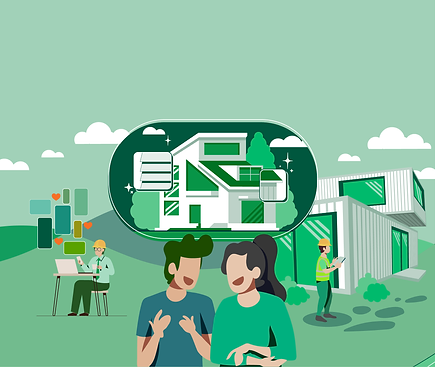
Project overview
Summary
Extensive customer research had been done into the 3 audience groups, yet the information was kept in various presentation decks and reports which made it difficult for the insights to be impactful for busy stakeholders.
To help the brand become customer centric, we wanted to create a single artefact that the business could reference to identify opportunities at key moments their audiences interact with each other and the brand itself.
Objectives
-
Develop an audience-centric approach
-
Stop ‘a leaky bucket situation’ by moving the audience through the funnel towards conversion
-
Create a plan on a page to identify priorities and opportunities
-
Ensure a consistent brand experience across various touch points
-
Integrate campaigns to connect back to the omnichannel experience
Team & process
My role in this process included a deep dive into previous research, collating insights from this research, workshopping the findings with the client & visualising the information on a omnichannel customer journey map.
I worked as a UX designer alongside a design director, a senior strategist, an account manager and an illustrator.
Research & discovery
.png)
Samples of previous research
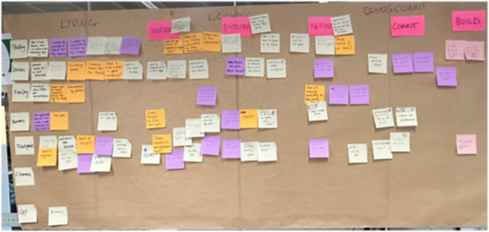
Sample of our draft map
Uncover the truth
We began by summarising the behaviours and interactions of various audience groups across channels and touch points.
To prepare a comprehensive omnichannel journey, we first needed to be clear on what we wanted the homeowner and trade audiences to do, and when we wanted them to do it.
Chart the course
To create a comprehensive omnichannel journey, we started with existing research and insights, reevaluating data to ensure it was as pointed as possible.
We then validated and augmented our findings through a workshop with the client's team, discussing pains, opportunities, and business goals.
Strategic approach
& outcome
Tell the story
After the workshop, we had a strong outline for creating the omnichannel experience map.
Like any good story, there’s a beginning, a middle, and an end. Our focus was to tell the compelling part of the story, design for impact, and determine key takeaways and immediate next steps.
Use the map
With the map in place and after giving stakeholders time to digest the information, we conducted a prioritisation exercise to score potential work streams based on impact vs. effort.
Keeping this in mind, we also took a look at the building brand’s roadmap and co-authored a series of HMW statements to determine what to tackle first.
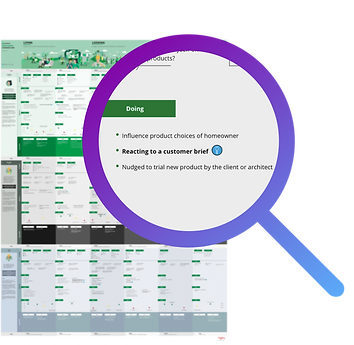.png)
Omnichannel map with one opportunity highlighted
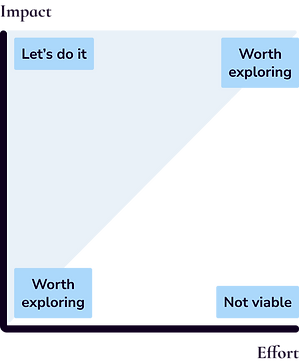

Impact
The final deliverable was a visualised map that facilitated conversations to create more work streams. After finalising the map, we crafted a couple of "How Might We" (HMW) statements that guided us in pursuing other projects, for example, “How might we enhance the integration of our events and digital communication, in order to effectively cultivate leads generated from events?”
Addressing this problem statement lead to a series of ideation workshops that helped us reimagine a mundane training event into an opportunity to partner with charities and increase sign ups (leads).
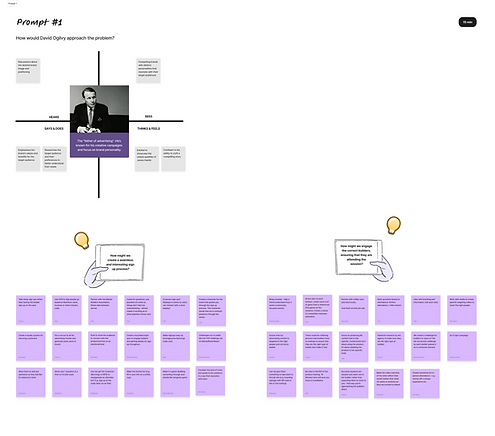.png)


Samples of a figure storming workshop


